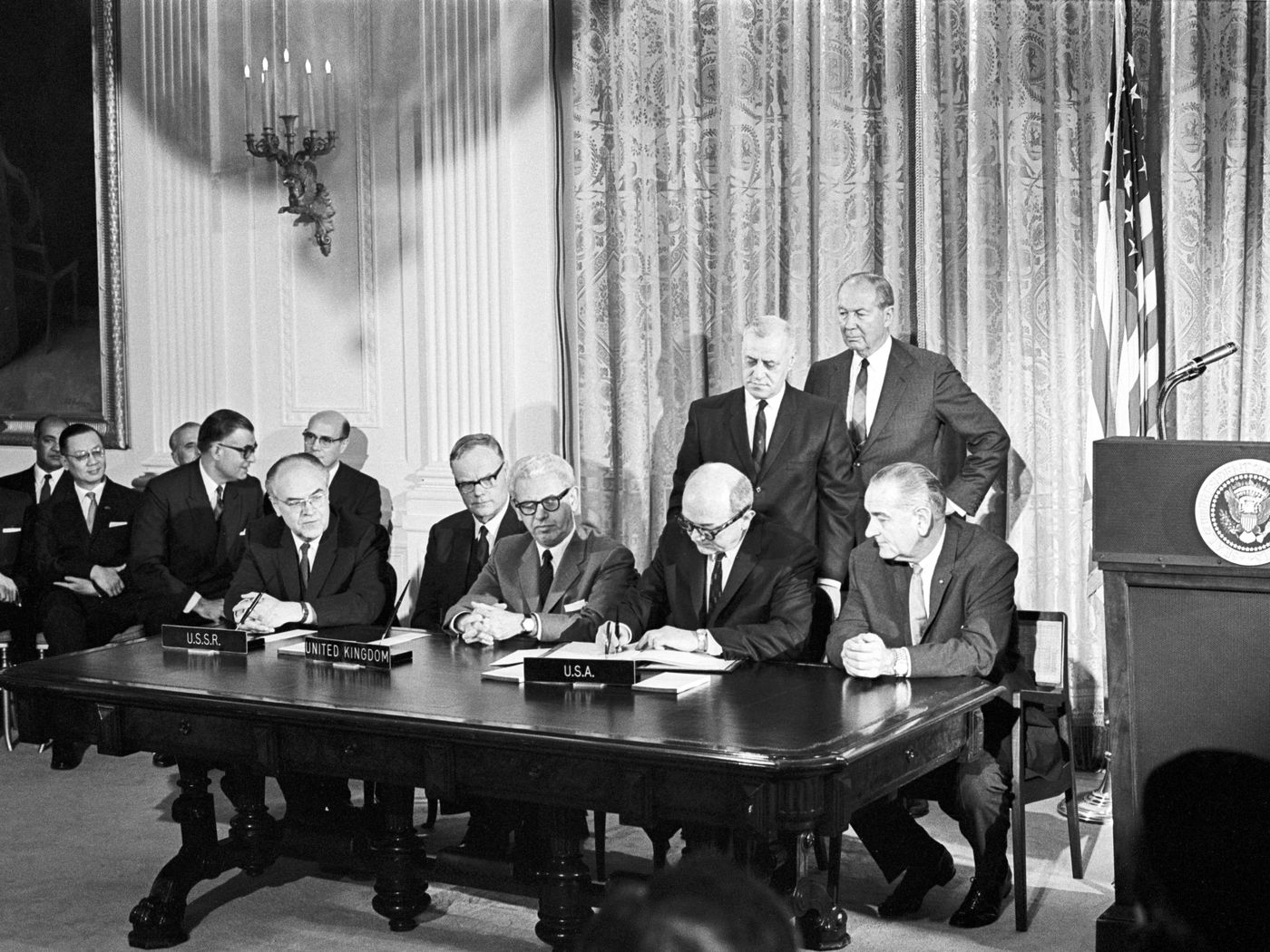OCTOBER 4, 2020: The main-belt asteroid (1679) Nevanlinna will occult the 7th-magnitude star HD 224945 in Pisces. The predicted path of the occultation crosses Newfoundland, part of the Maritime Provinces of Canada, the northeastern through the south-central U.S. (including Houston, Texas), north-central Mexico (including the northern regions of Monterrey, Nuevo Leon), and the southern Pacific Ocean.
OCTOBER 7, 2008: Twenty hours after its discovery by Richard Kowalski during the course of the Mount Lemmon Survey in Arizona, the tiny asteroid 2008 TC3 enters Earth’s atmosphere above Sudan, explodes, and drops meteorite fragments – the Almahata Sitta meteorite – on the Nubian Desert. This is the first instance of an impacting asteroid being discovered in space while still inbound to an impact, and it is the subject of this week’s “Special Topics” presentation.
OCTOBER 7, 2009: Astronomers using the Infrared Telescope Facility in Hawaii announce that the surface of the large main-belt asteroid (24) Themis appears to be completely covered with water ice. The significance of this discovery is discussed in a previous “Special Topics” presentation.
OCTOBER 8, 1769: Comet Messier C/1769 P1 passes through perihelion at a heliocentric distance of 0.123 AU. This was the brightest comet discovered by the 18th-Century French comet hunter Charles Messier and is a previous “Comet of the Week.”
OCTOBER 9, 1933: A brief but strong “storm” of Draconid meteors is seen over Europe. The parent comet of the Draconid meteors is Comet 21P/Giacobini-Zinner, which is a previous “Comet of the Week.”
OCTOBER 9, 1946: Despite widespread cloudy weather and a full moon, a very strong shower of Draconid meteors is seen from the U.S. This was the first time that radar was used to observe a meteor shower, which is discussed more thoroughly in Comet 21P/Giacobini-Zinner’s “Comet of the Week” presentation.
OCTOBER 9, 2009: NASA’s Lunar Crater Observation and Sensing Satellite (LCROSS) mission impacts the lunar surface in a permanently shadowed crater near the moon’s south pole. Following the impact, water was detected in the resulting debris plume. The significance of the LCROSS mission is discussed in a previous “Special Topics” presentation.
OCTOBER 10, 1846: Less than three weeks after the discovery of Neptune, British astronomer William Lassel discovers Neptune’s large moon Triton. Triton orbits around Neptune in a retrograde orbit and is likely a captured object from the Kuiper Belt. The Kuiper Belt is the subject of a previous “Special Topics” presentation.
OCTOBER 10, 1967: The Treaty on Principles Governing the Activities of States in the Exploration and Use of Outer Space, including the Moon and Other Celestial Bodies – generally referred to as the “Outer Space Treaty” – enters into force. The effects of the Outer Space Treaty on the carrying out of resource extraction activities on the solar system’s “small bodies” are discussed in a previous “Special Topics” presentation.

OCTOBER 10, 1969: Japanese amateur astronomer Akihiko Tago discovers a comet, which is independently discovered two days later by two other Japanese amateur astronomers, Yasuo Sato and Kozo Kosaka. In early 1970 Comet Tago-Sato-Kosaka 1969g became the first comet to be observed by an artificial satellite, and three weeks later became the first comet I ever observed. It is a previous “Comet of the Week.”
More from Week 41:
Comet of the Week Special Topic Free PDF Download Glossary
Ice and Stone 2020 Home Page


